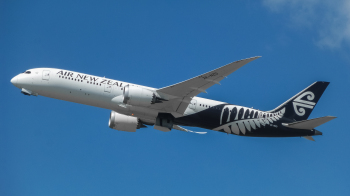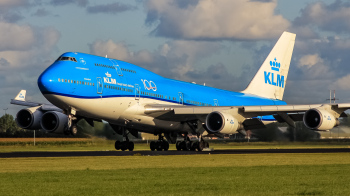Launch and re-entry operations are a critical part of the space exploration process. Launch operations involve the preparation and launch of a vehicle into space, while re-entry operations involve the safe return of that vehicle to Earth. These two operations must be carefully planned and executed in order to ensure the safety of the spacecraft and its crew.
Launch operations include the pre-launch preparations, such as the construction and testing of the spacecraft, and the selection of a launch site and its associated facilities. To launch a spacecraft, a rocket requires a large amount of thrust. This thrust is generated by a combination of the rocket's engines and the fuel contained in the rocket. Once the rocket is properly fueled and tested, the launch sequence can begin. This includes the ignition of the rocket engines, the separation of the rocket stages, and the deployment of the spacecraft itself.
Re-entry operations involve the safe return of the spacecraft from the near-vacuum of space back to the atmosphere of Earth. To ensure a safe re-entry, the spacecraft must be equipped with a heat shield that is capable of withstanding the intense heat generated by the friction between the spacecraft and the atmosphere. Additionally, the spacecraft must have a variety of sensors and guidance systems to guide it through the atmosphere and back to its target landing site. The spacecraft must also have the proper orientation, trajectory, and speed in order to make a successful re-entry.
Launch and re-entry operations are complex and require a great deal of careful planning and execution. The success of both operations is critical to the success of any space mission and must be taken very seriously. Launch and re-entry operations involve the use of advanced technology and techniques, and the personnel involved in these operations must be highly trained and experienced to ensure the safety of the spacecraft and its crew.






Comments